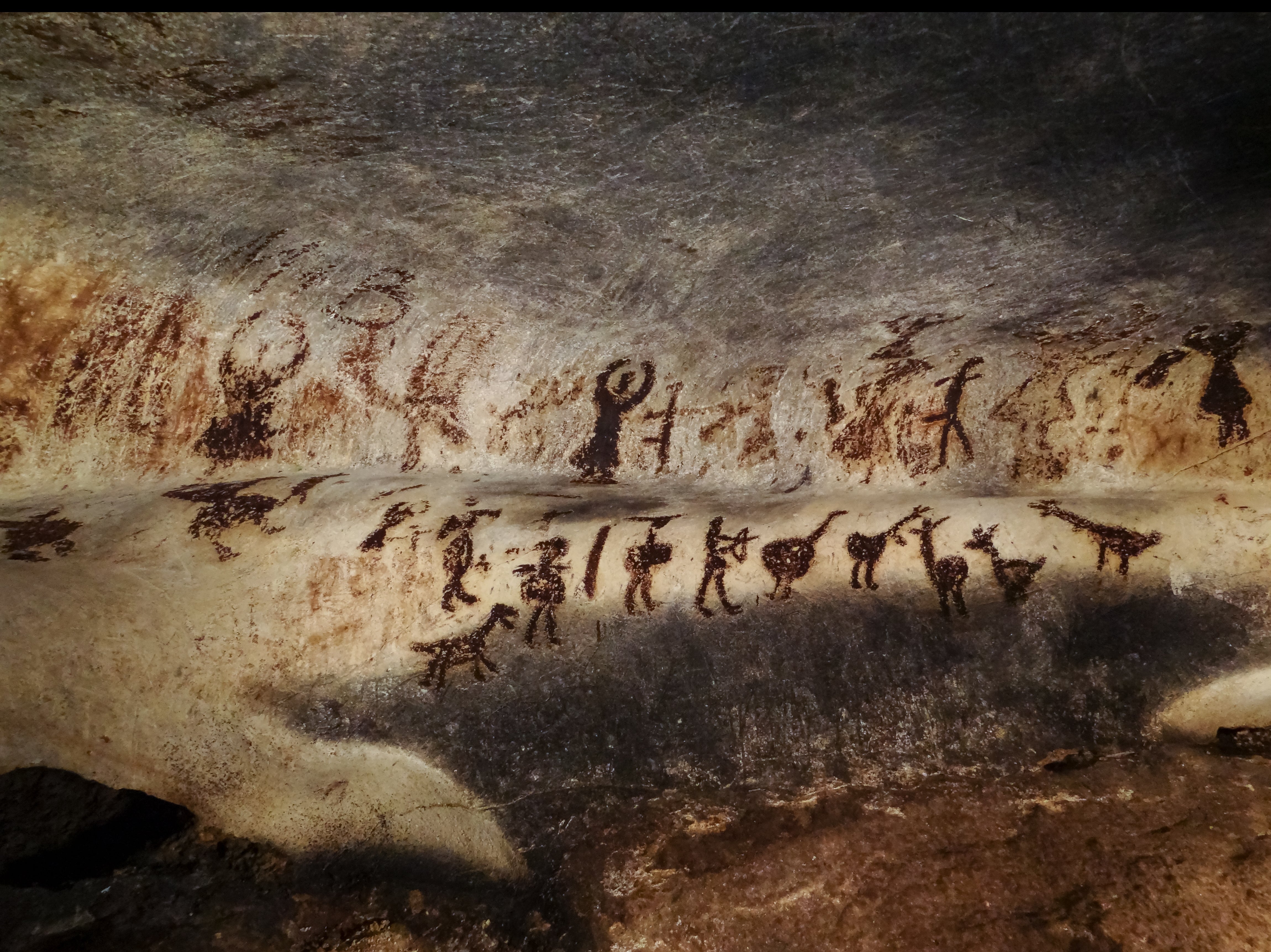Book of a lifetime: The Interpretation of Culture by Clifford Geertz
From The Independent archive: Tessa Hadley reveals the shared logic that exists between literary and anthropological writing

If you mapped out a novelist’s history in books, beloved and influential fictions would have to loom large in the foreground. But books of ideas can be significant in a novelist’s formation too – history or science or philosophy or whatever, depending on taste and training and accidental encounter.
From those books we derive the framework of our beliefs; the underpinning convictions that form our mindset and play through and around the witnessing, empathetic, dreaming parts of our perception. And these shaping beliefs will always be at work in the stories we write, however obliquely, or at whatever level of conscious or unconscious deployment.
I love reading anthropology books. I suppose they seem to mirror the work that novels do, describing and analysing the precious minutiae of human interaction in particular worlds. Reading about cock-fighting in Bali sharpens how well we see our own patterns of relationship, our own social ritual; it draws the mind’s camera back into a long shot, before plunging again into the thick of the detail. In anthropology, as in novels, everything matters – the colour of a hat; the onset of the first menses; the name of the child; the rituals of social visiting.
The anthropologist and the novelist ask the same questions: what are they doing? Why do they think they are doing it? What does it mean?
Clifford Geertz’s The Interpretation of Cultures has been an important book for me, helping to shape the way I understand the world. I relish his lucidly authoritative explanations of religion and ideology as cultural systems. He writes about religion: “Man depends upon symbols and symbol systems with a dependence so great as to be decisive for his creatural viability”; and “In a ritual, the world as lived and the world as imagined, fused under the agency of a single set of symbolic forms, turn out to be the same world”.
His reasoning doesn’t diminish the force of the symbolic systems he describes. For me it has the same satisfying sweetness as a story fitting home, adding up. Behind the theory and the case studies, always the fascinating question: which parts of our behaviour are cross-cultural universals, which are culturally produced?
Somewhere Geertz writes that, comparing cultures, he never ceases being surprised at “how much difference difference makes”; his phrase has become one of my private mantras. Geertz wrote another book, Works and Lives, which expresses wonderfully well this convergence of issues for anthropology and literature.
In it, he analyses the style of a succession of great anthropologists (Levi-Strauss, Evans-Pritchard, Benedict and others), demonstrating how style is never neutral; how the very way a sentence is put together channels judgement, expresses character, alters the shape of what we see. It’s one of the most important truths that novelists know.



Join our commenting forum
Join thought-provoking conversations, follow other Independent readers and see their replies
Comments